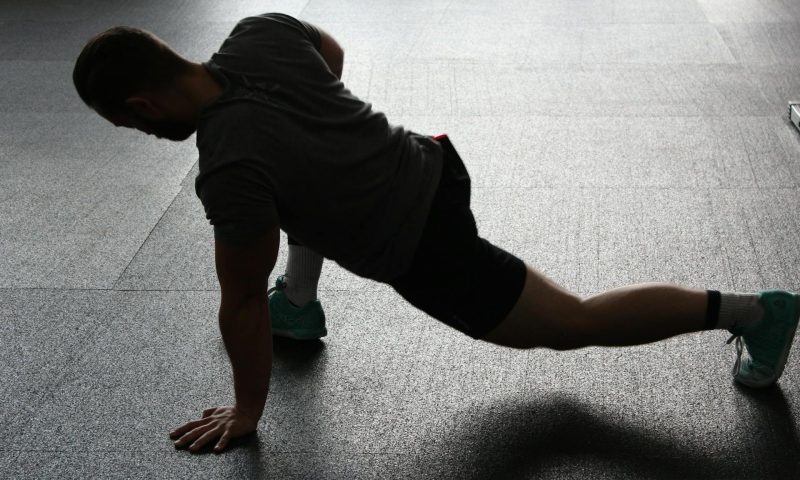Whether you are consistent with a workout routine or are just starting your health journey, a fitness challenge can be a great way to spice things up or get motivated. We often focus on factors like the number on the scale and how our bodies look, but as a personal trainer, I like to throw in functional fitness goals when I can with clients, as reaching these can sometimes be more rewarding.
If this sounds intriguing to you, keep reading to discover three challenging fitness tests that will push you to your limits!
Can you survive these three fitness challenges?

The lunge mile
This challenge is exactly what it sounds like: one full mile of walking lunges. No running, no shortcuts — just step after step of burning legs and mental grit. Start with your back knee lightly tapping the ground on each repetition, and ensure your front knee stays over your ankle. Stand tall between lunges, as you want to avoid rushing and sloppy form.
You can take breaks as needed, but the goal is to complete the full mile with proper reps. Measure distance with a fitness tracker, a known route, or a marked field. Expect soreness, especially if you’re new to high-volume leg work.
The burpee ladder
This escalating test is simple and brutal. In minute one, do one burpee. In minute two, do two. Continue adding one rep every minute. Your rest is whatever time remains in that minute after completing your predetermined number of reps. The workout ends when you can’t finish the required reps in the allotted time. Most people burn out between minutes 12 and 16.
The push-up EMOM
To get started, set a timer for 10 minutes. At the top of each minute, complete 10 to 15 push-ups — choose a rep target that challenges you but is sustainable. If you finish in 20 seconds, rest for the remaining 40. The catch? Fatigue builds quickly, and your rest window shrinks with each round.
If you are a beginner, you can modify by doing push-ups on your knees or aiming for around five to eight reps per round. Either way, maintain a full range of motion: chest to floor, arms locked out at the top.
What are the benefits of these challenges?

These bodyweight challenges build more than just muscle — they train mental toughness, endurance, and total-body conditioning. High-rep movements like lunges and push-ups improve muscular stamina and joint stability. Burpees are also great, as results from an MDPI study conclude that “the results from the Burpee Movement Program are significantly associated with the participants’ strength and endurance abilities.”
Since you’re working with time or distance, they also develop pacing and grit under fatigue. Best of all, these exercises require zero equipment and very little space, making them perfect for at-home or outdoor workouts. Whether you’re looking to break through a plateau or test your limits, these challenges offer a raw, effective way to push yourself using nothing but your own body.
How to scale from beginner to advanced

Scaling these challenges is key to staying safe and building strength over time. Beginners can start with half the volume — try a half-mile of lunges, a 10-minute burpee ladder, or five push-ups every minute instead of 10. Modify movements if you need to; for example, you could do kneeling push-ups or try stepping back instead of jumping during burpees.
Intermediate athletes can push for full reps and longer durations while focusing on maintaining form under fatigue. Advanced athletes can take it a step further by increasing reps, reducing rest, or even adding a weighted vest. The goal isn’t to race — it’s to finish with control, consistency, and smart progression.
Tips for optimal recovery and soreness prevention

- Cool down immediately after: Spend five to 10 minutes walking and doing gentle stretches to lower your heart rate and reduce muscle soreness.
- Hydrate well: Drink water before, during, and after your workout to help reduce muscle cramping and support recovery.
- Eat a protein-rich meal: Fuel muscle repair with a balanced meal that includes protein and complex carbs within 60 minutes post-workout.
- Prioritize sleep: Aim for at least seven to nine hours to allow your body to repair and rebuild.
- Use light movement the next day: Walking, mobility work, or yoga can ease stiffness and promote blood flow.




